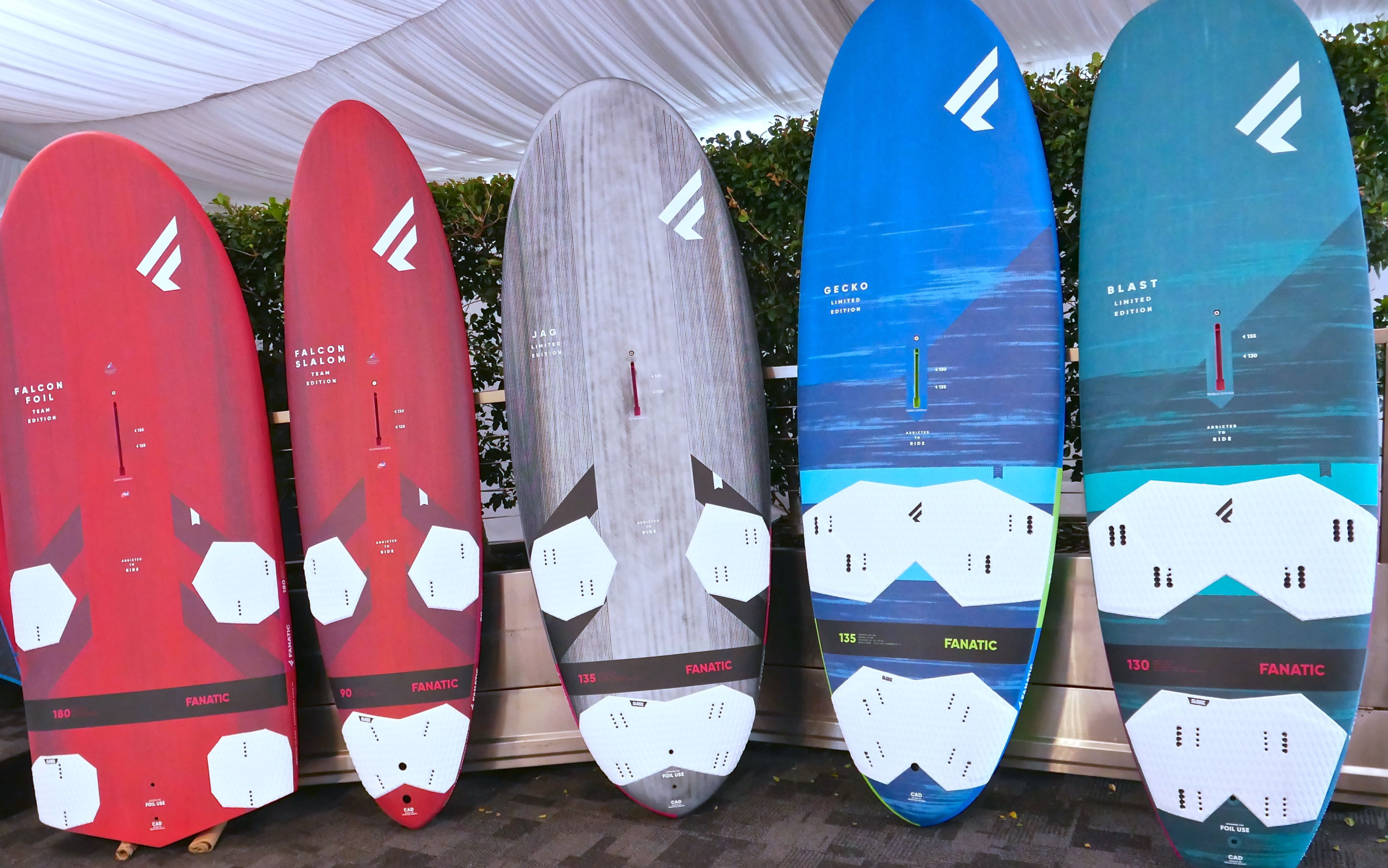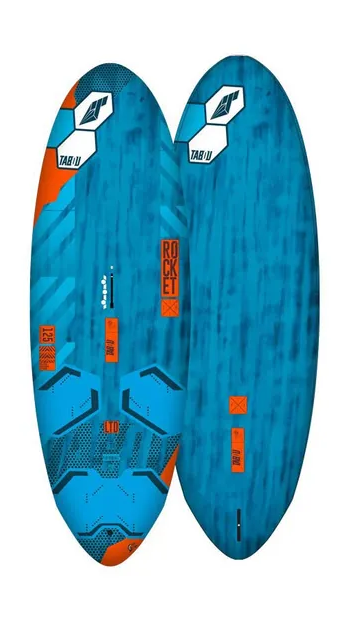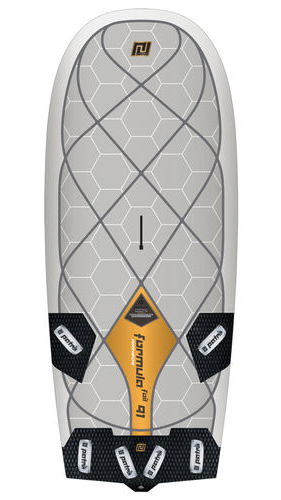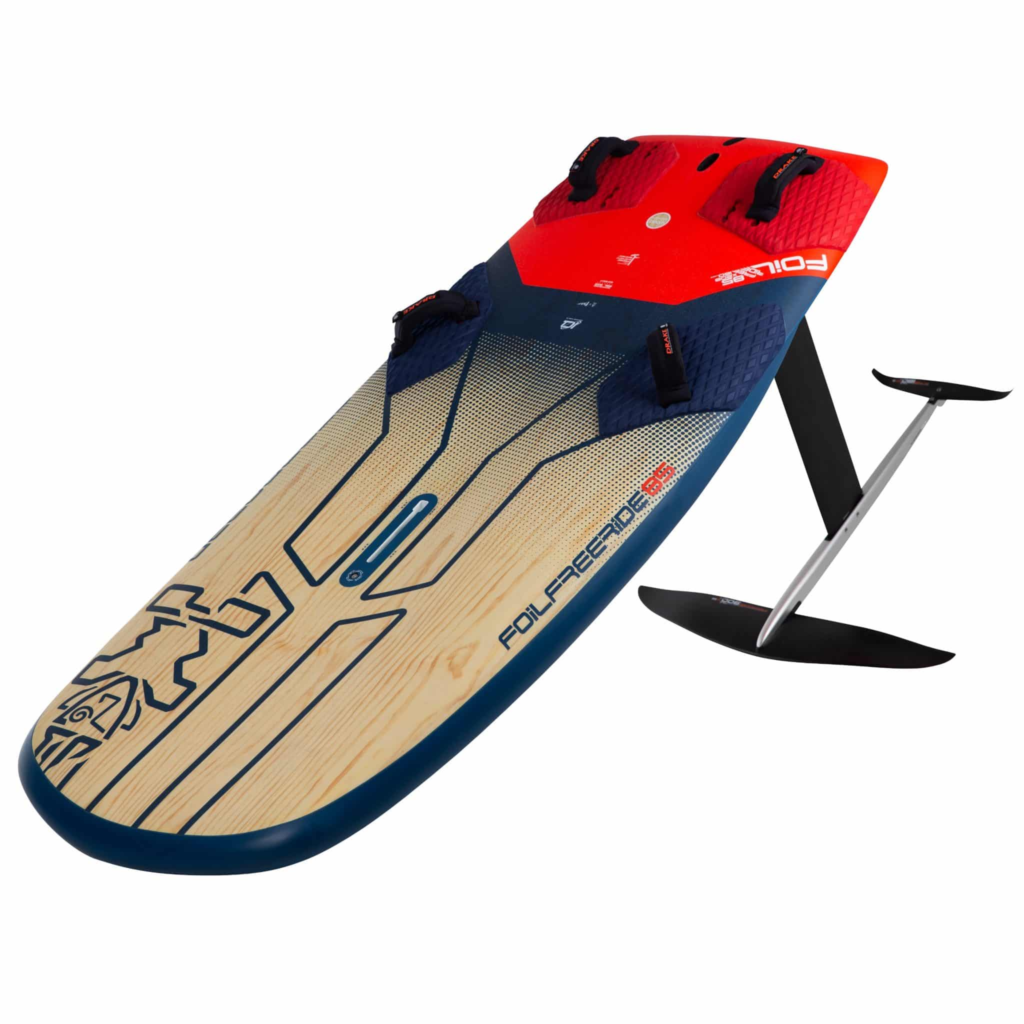
Table of Contents
Are you ready to embark on a windsurfing journey? The crucial part is to pick the correct size and material for the board. Different surfing boards are made of different materials and have different dimensions.
In the field of windsurfing, the board is like the heart; you can hardly find anything without it. But the thing is that nowadays, there are countless models. In this way, each kind will be specialized for providing different fun and feelings, but all in all, each windsurfer will enjoy himself or herself.
This article serves as a guide to different types of windsurf boards, with a focus on their unique characteristics and functionality that are relevant for you to decide which board is appropriate for your sailing journey.
9 Types of Windsurf Boards
Beginner Boards
A beginner who is into windsurfing starts with boards of the proper size, usually 150 to 250 liters, depending on board usage. As such, plenty of space provides the stability of this device and makes it manageable enough for rookies to ride on without panicking. A typical board for beginners usually has a width of 80 cm or more and a length of at least 280 cm.
This is because beginner skiers are just learning and may have some difficulty on steeper or narrower terrain. This additional space provides room for mistakes, especially for novices to learn simple principles such as more confidence and attaining a consistent stance and balance as they improve the light to moderate winds.

Freeride Boards
Freeride boards are vastly multifunctional yet provide sufficient stability and performance that a wide range of individuals can use with ease. Blowing in the 100-150 liter range of typical volumes, they are generally roomy, deliberate, and yet still responsive and maneuverable when boarders want them to be. These boards are longer and have a 60- to 80-cm width.
These characteristics are granted to the boards in order to ensure cruising and carving maneuverability, as well as gliding. Simultaneously, the wind catch is reduced, and this is also made possible by the length of the boards. With freeride boards, you can surf in diverse water conditions, and that attracts windsurfers who love these types of boards.

Slalom Boards
Windsurfers who are searching for an adrenaline rush are going for slalom boards as their primary models. Contrary to inflatables, they are not only speedy but also have excellent agility, with smaller volumes ranging from 16 to 24 gallons, which makes them able to harness the full power of the wind and drive the rider to remarkable speeds.
They are narrow, ranging from 50 to 70 centimeters in width, and subsequently longer than slalom measures, with a range of 220 to 250 horizontal meters. Reduced to its maximum, it is made for speed and agility and used for competitive racing as well as for high-speed exploration of the open waters. It is made for different levels of ability and weather conditions.

Wave Boards
Surfing the waves with some gear in mind is a reminder that one needs gear made to challenge the dynamism of the sea. Wave boards are identified for their small dimensions and low volumes, for example, 60 to 100 liters. Such downsizing widens the board’s depth and increases its maneuverability, providing more control of the board and helping with steep turns, tight executions, and aerial engagements.
With widths of roughly 50–65 cm and lengths of 220-240cm, wave boards are famous for being used in offshore wind and surfing conditions that are quite tough; swimming using these boards is a fantastic feeling that you can’t describe unless you have tried it.

Freestyle Boards
Freestyle windsurfing is a whole new world of unlimited creativity and its own show in the sky, where the boards should be designed to provide the participant with good transitions and airborne maneuvers. These boards highlight their extreme shapes by being very shallow and narrow, which can be found under the dimensions of 80 to 110 liters.
These small dimensions allow for rapid reaction and excellent maneuvering capacity during jumps, and they enable the surfer to jump off the water and do cute tricks like spins, flips, and slides. Freestyle boards come with widths of approximately 50–65 cm and lengths ranging from 220-240 cm. This brings complete freedom to the riders, who get to push the limits of trickery and expression on flat water as well as wave conditions.

Tandem Boards
The tandem boards of today have been specifically designed to allow more than one person on board, making team or tandem wind surfing possible. Arranged boards have a lot of capacity, ranging from 200 to 300 liters, and allow for beautiful stability and buoyancy for everyone doing tandem sailing.
Eliminating the requirement of adjusting to the moves of a partner, tandems feature widths of up to 80 cm and lengths of 300 to 350 cm. They allow learning to do synchronized maneuvers, tandem tricks, or simply taking a leisurely cruise together.

Formula Boards
Formula boards are optimized for racing at low speeds. They differ from other types of boards designed for full-scale downwind. These advanced boards have a narrow width in the range of 70 to 85cm and a volume within 100 to 160 liters, whereas the most advanced boards sometimes feature lesser widths with a smaller block volume.
The sleek and middle design provides a lot of surface area for the riders to glide against the wind, and they can accelerate and reach impressive speeds with only a small amount of wind, even in light wind conditions. A formula board is fitted with steering fins that run deep and foot straps that can be finely adjusted to sharpen the rider’s control, lubricate, and improve stability while sailing over spacious areas.

Foiling Boards
Riding has drastically altered windsurfing, providing a dreamlike exposure to aerodynamics that barely exists through friction. Likewise, surf foil boards, which is another name for these fast-paced hydrofoil boards, feature an innovative design with deep fin boxes for mounting the hydrofoils. The boards would usually be C-shaped and have medium volumes ranging from 90 to 140 liters and widths around 65–75 cm.
Whereas foiling boards focus on having the lightest weight possible with the least bit of drag, riders can manage to catch up with the slope that will create a smooth ride even with the gentlest breeze or swell. Ducking boosts speed and efficiency, widening the experience for those who are technically advanced. Therefore, the adrenaline rush that it provides is one of the reasons why this maneuver is valuable for those in pursuit of a challenge.

Speed Boards
Hardcore speed aficionados are driven by the rush of evading the records and competing with the lawmakers to push their speed limits and propel themselves farther than ever before on the speed boards designed to withstand the acceleration. Manoeuvrability and comfort are achieved with these boards, as they are reduced to the driest possible designs, with widths ranging from 45 to 60cm and volumes ranging from 60 liters and below.
Aerodynamic design is the key characteristic of speed boards, and they are ready to match maximum velocity and stable extension even at high speeds. Apart from flexibility, speed sailing boards are also engineered for perfect performance in water. They are designed to cut through the water at astonishing speed, thanks to the precise fins and adjustable foot straps. These boards are a natural choice for any speed sailor who wants to be celebrated for the fastest run times in the history of windsurfing.

